Novation AFX Station: The review
Novation teased us good and hard in the run-up to the release of the AFX Station. The Aphex Twin connection was front and centre; after all, Novation had worked with Richard D. James the year before on the cool and innovative “AFX Mode” for the Bass Station II. So, with another collaboration, the possibilities seemed limitless.
After an enormous build-up, the AFX Station burst onto the scene to reveal itself as a re-branded Bass Station II. It was nicely done, stunning even, with an Aphex Twin logo, deeply black knobs, new font for the labels, a purple bottom and a special box. I wrote up the news and expressed my disappointment that this wasn’t a new synth, it was a 7-year old synth with an 18-month-old firmware and a new paint job. Novation got in touch to say that I really should try it before I dismiss it as nothing new. And so I did, and here’s my review.
Bass Station II
To understand the AFX Station you have to begin with the Bass Station II. Originally released in 2013, the BSII is a physically fat and chunky analogue monosynth with a 2-octave full-sized keyboard, arpeggiator/sequencer and a patch memory. It has 2 oscillators with 4 waveforms, a 1 or 2-octave sub and a noise generator. It has a multi-mode filter with two types of feel, overdrive and a choice of a 12dB or 24dB slope. There are 2 LFOs and 2 envelopes for modulation and a distortion effect at the end. It’s a meaty monosynth with bags of character and is overflowing with features.
It was released at the time of synths like the Moog Sub Fatty, Arturia MiniBrute and the first Korg Volcas right at the start of this current wave of hardware synthesizers that we are riding high on. It stood out for its awesome ability to be gnarly, dirty and thoroughly misbehaved. It felt like it could survive being abused and thrashed about at a gig. The layout and feel of the knobs was spot on. Placed exactly where it was needed for live performance, the laughably oversized filter cutoff knob was perfect for grabbing and twisting. It was almost as if Novation knew exactly what they were doing.
The Interface
The only real flaw in the Bass Station II lies in the multi-layered nature of the interface. Both the oscillator knobs and the envelope sliders control two things. You’re having to flick a switch to swap between oscillator 1 and oscillator 2 or the amplifier envelope and modulation envelope. When you do so the knobs and sliders no longer represent the thing you are trying to control which can get very frustrating when designing sounds. This is also true when changing patches but it’s during the crafting of a patch that you most commonly find yourself turning a parameter on the wrong oscillator. On the other hand, it’s also somehow part of its charm. The BSII rewards exploration, each knob is an adventure, and which oscillator or envelope you’re fiddling with is neither here nor there. It’s interesting how the darkening of the knobs on the AFX Station feed into the idea that the knob position is unimportant and it should be all about the feel.
It also means that the interface isn’t crowded with duplicated controls but Novation has gone a bit further with that in offloading quite a number of parameters onto the keyboard. These are accessible via a Function key. Had this system not existed, I don’t think the AFX Mode would have been possible. There are a couple of options here that really could have done with dedicated buttons like LFO Key Sync and Oscillator Sync. And then there’s the new AFX Mode controls. You’d think Novation could have revealed these on a new row of buttons somewhere. That is, if they were making a new version of the synth.
But it’s not a new version, it’s the same synthesizer. The AFX Station retains all of the features and functionality of the BSII. In fact, if you have a BSII you can upgrade the firmware and have all the features and functionality of the AFX Station. It’s the same machine – I hope I’ve got that across.
AFX Mode
This is the key feature. The Aphex Twin mode is so fabulous that they decided to rebrand the Bass Station II around it and yes, it’s pretty awesome.
In a nutshell, AFX Mode lets you put a different patch onto every note on the keyboard. But not so you can change patches and then play that patch across the keyboard. No, this is one patch, one note, per key on the keyboard. Think drum kit or a bank of samples. You can then write a sequence with every note having a completely unique noise. It’s enormously fun and slightly crazy and turns the BSII into a very different machine. You’re no longer looking for killer bass and lead sounds and instead find yourself seeking out percussive splats and laser blasts, noise swirls and sonic gibberish that might be fun to use in an alien-inspired drum loop. But that’s only one way of looking at it.
Overlays
The patch maps are known as Overlays and consist of up to 25 patches, one for each note on the 2-octave keyboard. There are 8 Overlay Bank slots available and you can change, create and manage them via the Novation Components App or simply mess about with them freestyle on the synth. Out of the box you get Overlay Banks from Noyzelab, Perplex On, Richard Devine, r beny and Lightbath and they are quite varied. Some are full-on industrial, Mr Devine’s is expectedly bubbly, r beny’s is a delight and Lightbath has 3 banks that are unusually melodic.
The included banks are tremendous fun and could keep you entertained for hours especially if you invoke the arpeggiator or start playing with the 32-step sequencer and its 4 patterns. Remember it’s still monophonic so you’re only getting one sound at a time but it can be extremely effective at generating chaotic lines of rhythmic explosion.
Overlays don’t have to be filled with percussive patches in fact you could use an Overlay to set two octaves of two different bass patches to use simultaneously in a monophonic way. Or you could take a “Prepared Piano” approach and add a couple of alternative patches or patch variations to a handful of notes and let the currently selected patch play through around them. If you start with a simple patch and make little changes for each note the Overlay sort of functions as an automation track because each change on the playing note is retained on that key.
Once you start recording loops into your DAW and layering up the AFX Mode combined with the regular BSII stuff it can become quite a formidably versatile machine.
The AFX Station comes with a brand new bank of factory presets starting with the face-palmingly underwhelming sort of sad trombone sound but it gets rapidly better from there. Some of them have strange tunings and looped things going on which are a few of the other new features highlighted by the additional text above the keys on the AFX Station. Although actually most of these features came with the 2.5 firmware update that appeared in 2018 including Microtuning, Envelope retriggering, Filter Tracking and Oscillator Error.
However, the AFX Mode update does have some goodies. Fixed Duration Sustain Envelopes is a feature where the sustain can be fixed for a length of time regardless of how the note is played. That’s really useful for creating fixed-length analogue percussion sounds. You can also add a count to the envelope retriggering up to 16 times rather than just indefinitely as it was before – this can give a really interesting throbbing vibe to a sound. Glide Divergence slows down the glide on oscillator 2 which is quite fun. And finally, the sub-oscillator can now be detuned independently from Oscillator 1 so now you can have all 3 oscillators tuned to a different note – that’s pretty much a chord mode.
AFX Station
The AFX Station, like the Bass Station II, is a rip-roaringly good analogue monosynth with or without the Aphex Twin collaboration. The AFX Mode is a completely different way of working with a synthesizer that brings a fresh and exciting intention to patch creation and sound design. The AFX Station brings nothing new to this party beyond a cooler look (I love the glowing pink of the Mod and Pitch wheels) and some helpful labels but if that prompts you to give this synth another look then it’s been worth the hype.
By getting a little bit too over-excited by this re-branding and marketing exercise, Novation has proven that they are a passionate lot who care about continual development of their products. The Bass Station II is 7 years old and they are still innovating and bringing additional functionality to existing users. If they believe they needed a paint job and a celebrity tie-in to reach a new audience then all power to them and I confess it does look better for it.

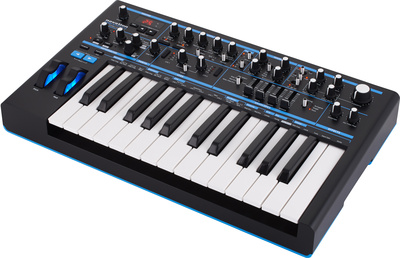
More information
Video
For the same opinion expressed in a visual form plus lots of sound examples and demonstrations check out my video review.
You are currently viewing a placeholder content from YouTube. To access the actual content, click the button below. Please note that doing so will share data with third-party providers.
A note from the editor: This article contains affiliate links and/or widgets. If you buy a product via our affiliate partner, we receive a small commission that helps support what we do, while you pay the same price. Our reviews and our opinions about products featured here are nevertheless completely independent of any manufacturer.
One response to “Novation AFX Station: The review”

 5,0 / 5,0 |
5,0 / 5,0 | 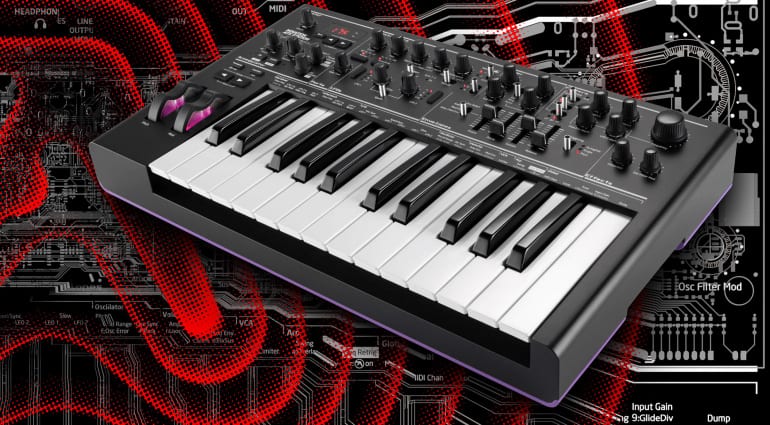
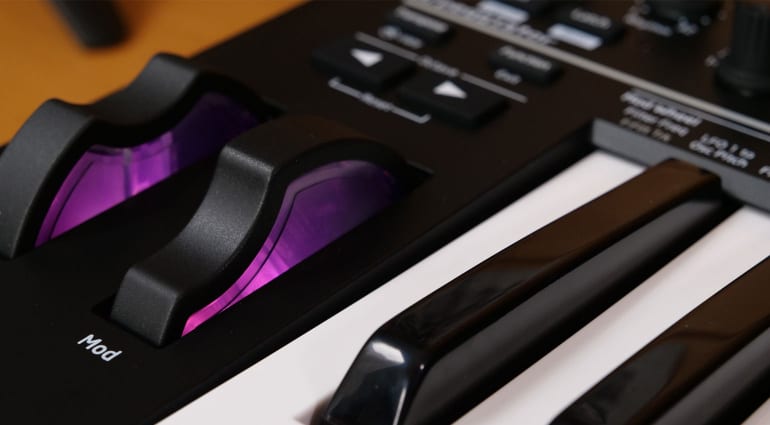
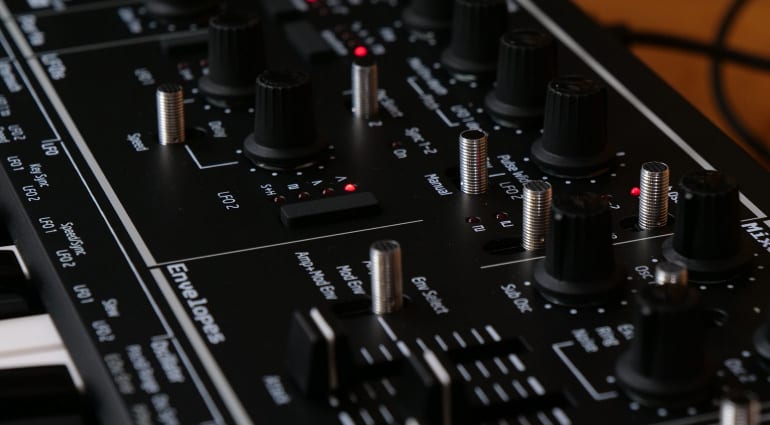
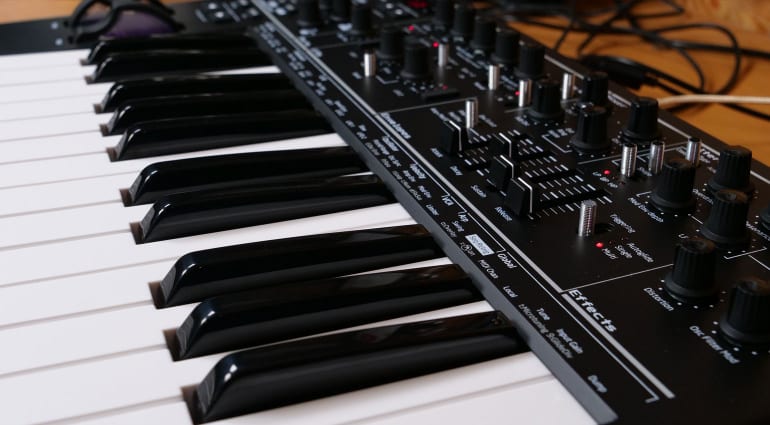
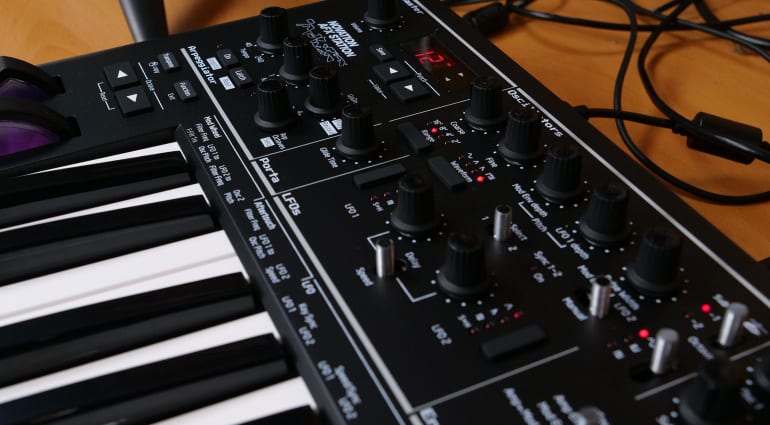
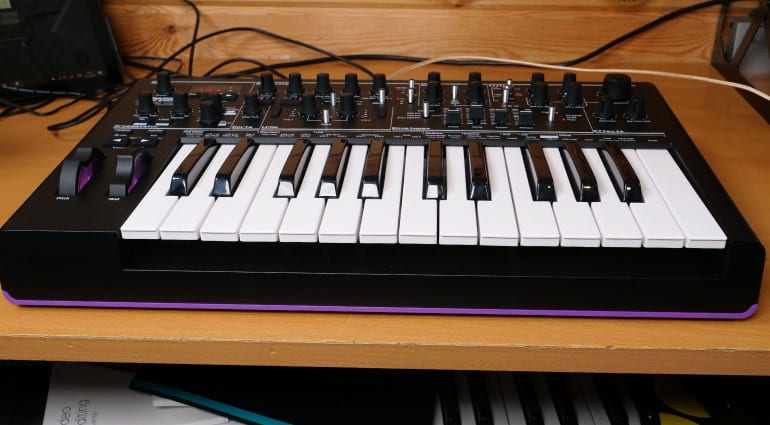
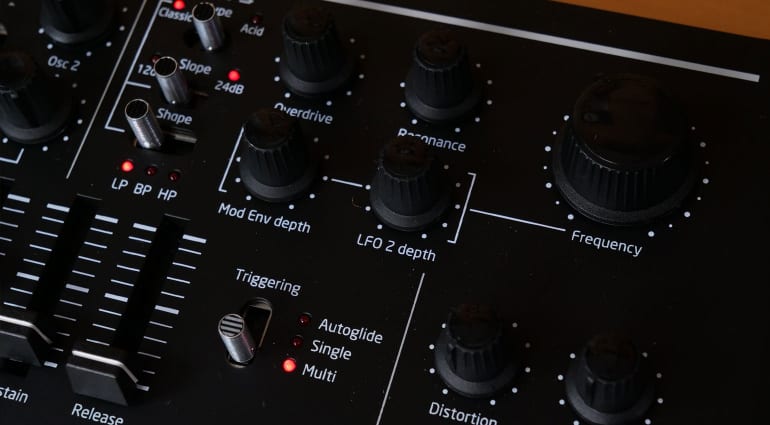
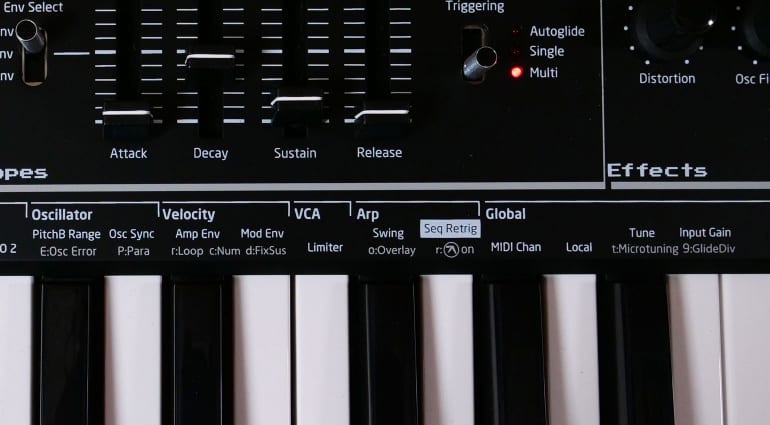
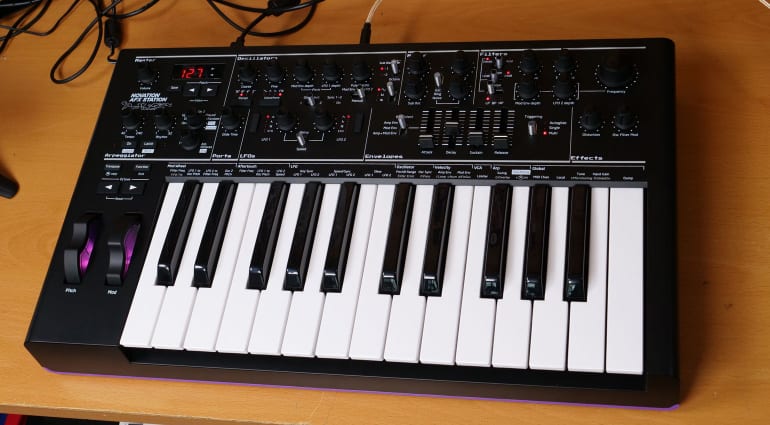
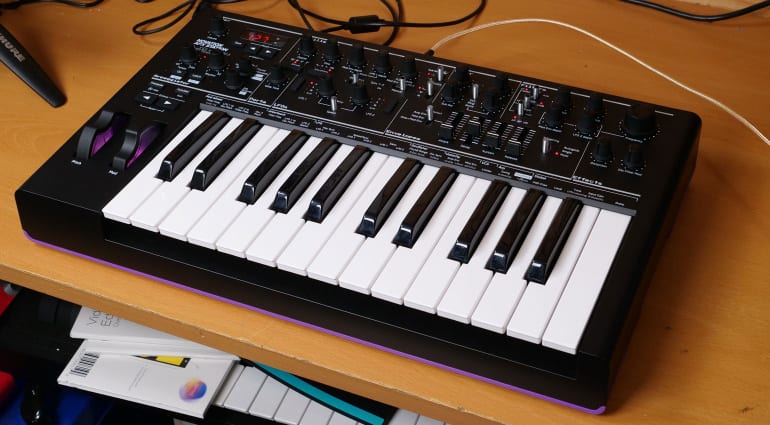










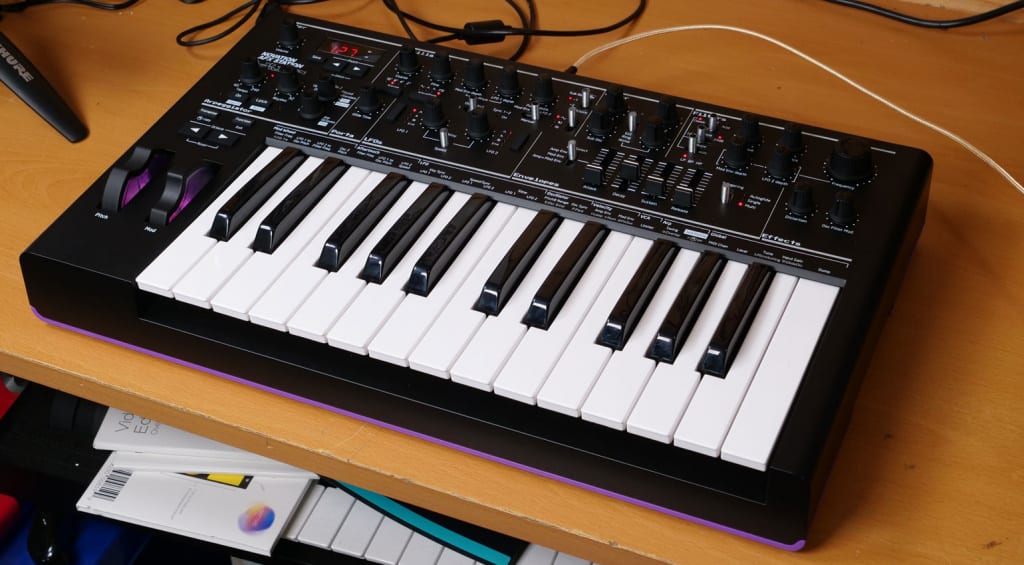
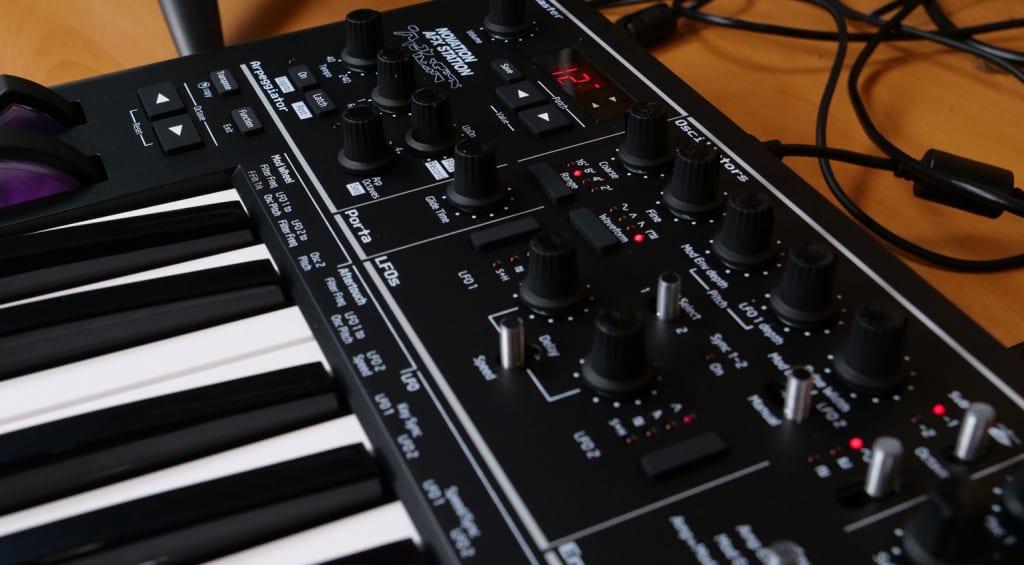
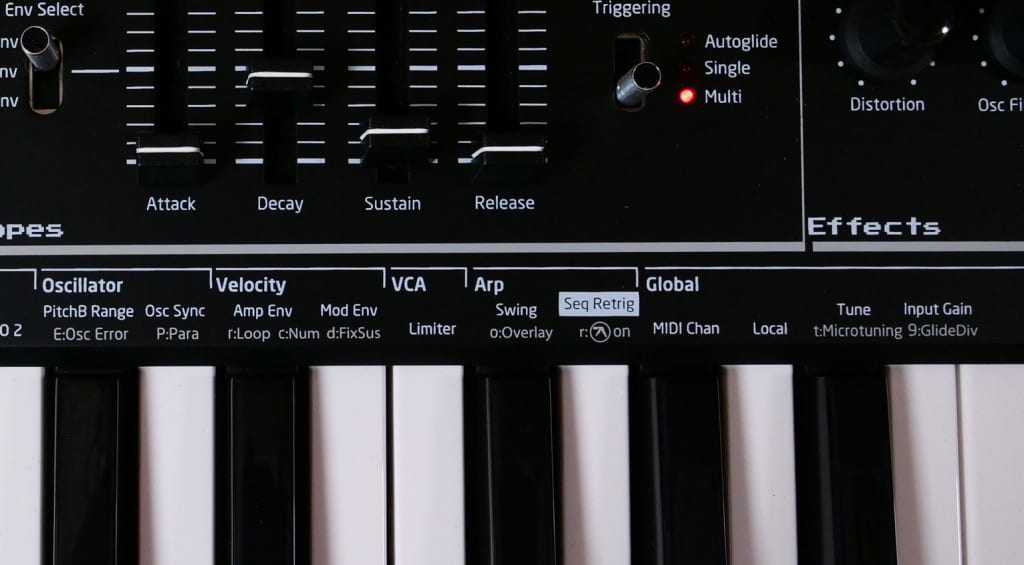
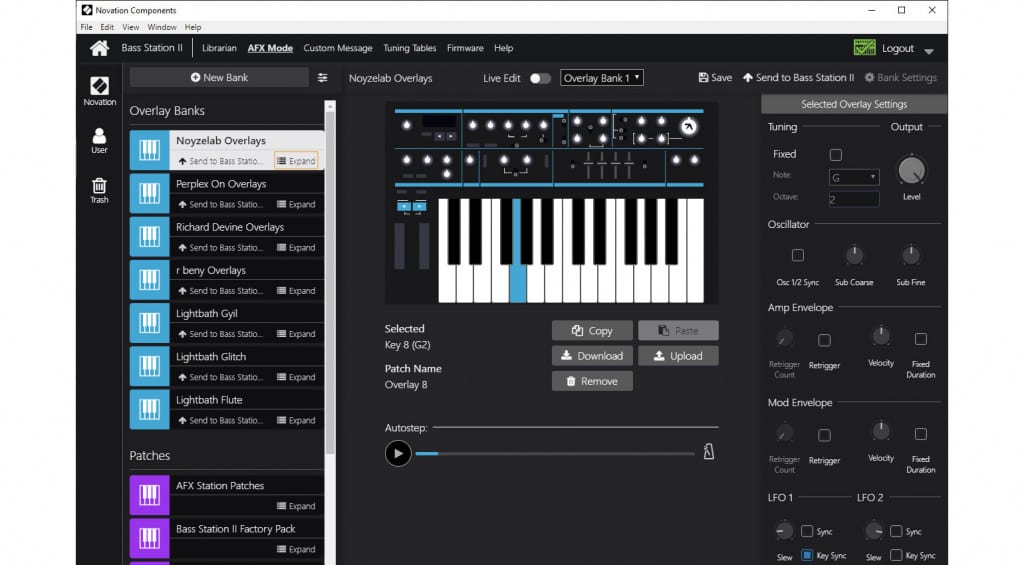
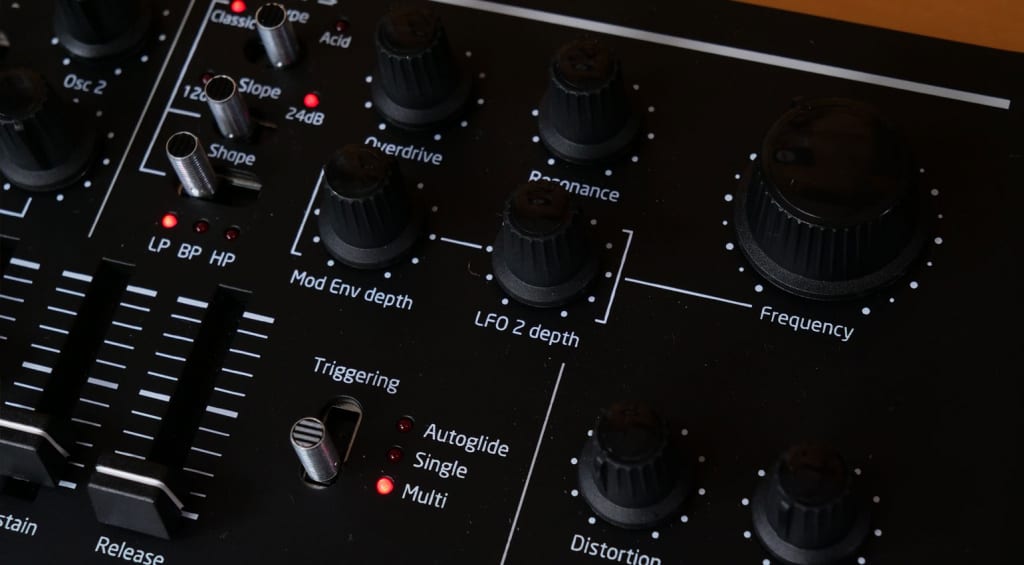
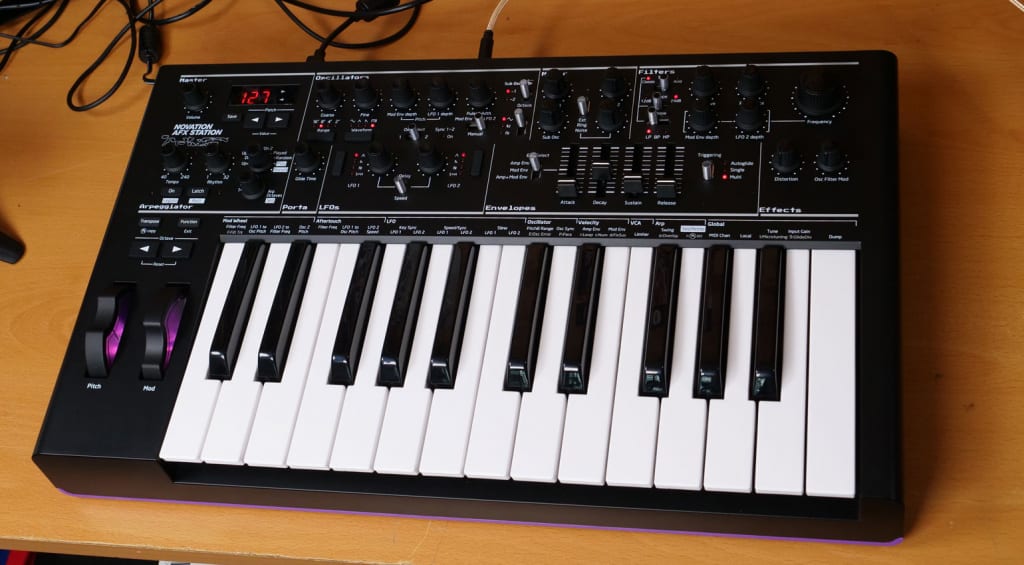

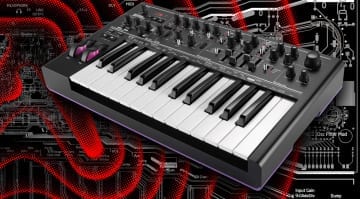

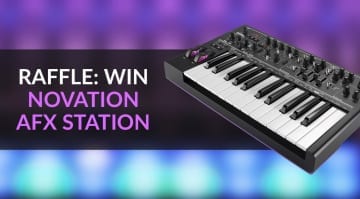
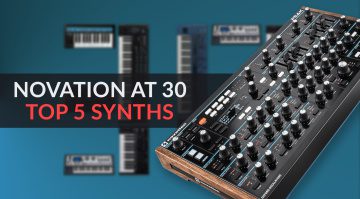
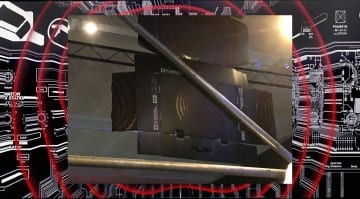

Its no microfreak. Otherwise, the email from novation seems to have worked.